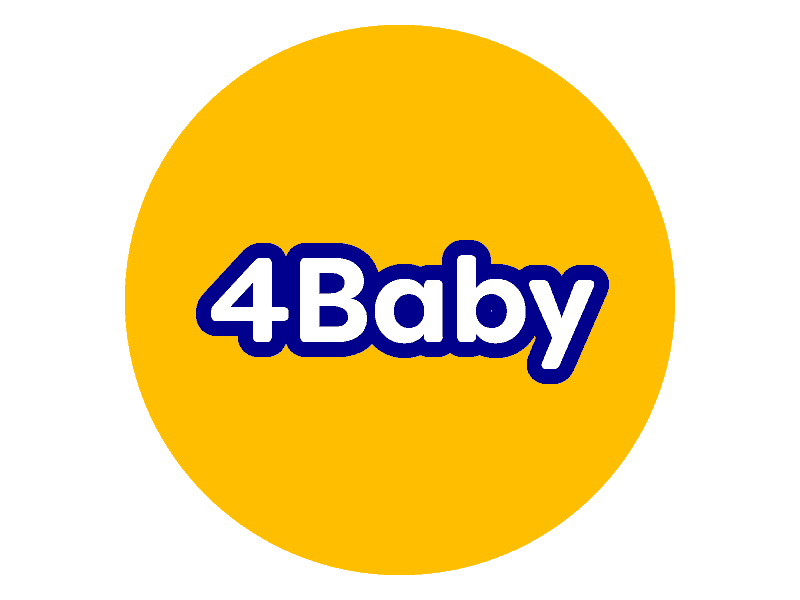Kathryn Stagg IBCLC
Breastfeeding Support and Education at home, group or online, Holistic Sleep Support
@kathrynstaggibclc
Summary
Discovering you’re expecting twins or even triplets can bring a mix of emotions, from excitement to anxiety about the challenges ahead. Many new parents worry about feeding two or more babies, especially if they hope to breastfeed. Thankfully, breastfeeding multiples is possible—even triplets—with the right preparation and support. This guide shares practical tips for navigating breastfeeding with twins or triplets, covering essential techniques like tandem feeding, latch positioning, and establishing milk supply. It also highlights resources for support, from lactation consultants to community networks, to help parents manage the journey. days.
Factsheet: Top Tips for Breastfeeding Twins and Triplets
So you are attending your scan, excited to see your new baby and the sonographer says something along the lines of “Can you see what I see? There’s another baby!”. Yes, you are having a multiple birth. Twins are fairly common, about 1 in every 65 births are twins. Triplets are much rarer at around 1 in 10,000 births. Some people may know they are more likely to be carrying more than one baby. Perhaps they had fertility treatment, or there is a strong family tendency. But for many, it comes as a total shock, and accompanying swear words. Different people experience different emotions when they receive the news. For some, it is so exciting, a huge relief, and an instant family. For others, it is a cause of stress, both financially and emotionally and can be difficult to accept. For most people, there is an element of grief for the “normal” pregnancy, birth and parenting experience. And some feel all of these. Mixed emotions for sure!
Once the dust has settled, one of the biggest concerns many expectant multiple-birth families have is whether they can breastfeed. Well, the good news is that it is possible to breastfeed more than one baby. Even triplets can be exclusively breastfed. There are a few more barriers to overcome like early birth, establishing enough milk supply and the logistics involved in caring for more than one baby. But it is possible. And even if these things do become too much of a challenge, a combination feeding breastfeeding and formula is a valid option.
Here are some tips:
Learn about breastfeeding before the babies arrive. We are often so focused on the birth that we forget that we are going to have babies to look after and feed. Find an antenatal session which covers the basics of milk production, getting a good latch and normal baby behaviour. Twins and triplets are just babies, after all, they just happen to be born on the same day. But they will still behave like singleton babies. More specific multiples-related information is also available.
Find your local support. Whilst you are pregnant and your brain is still vaguely functioning, find your local breastfeeding support. This could be your health care providers or a charity-led or voluntary sector peer support service. There may be groups you can go along to. Also, find out if you have any more qualified support. A La Leche League leader, breastfeeding counsellor or lactation consultant. An IBCLC (International Board Certified Lactation Consultant) is the highest level of qualification. You may be able to access them via your health service, or health insurance, but in many places, they are only available privately. In this scenario, perhaps find out how much your local IBCLC charges and start a fund. In the UK and Ireland, the Breastfeeding Twins and Triplets UK charity can help fund a private lactation consultant if finances are difficult.
Get a good latch. There are many different breastfeeding positions but the basics of getting a deep latch are the same. Baby needs to be close to your body with their head tilted back looking up at the breast. Babies’ arms should not be between their body and mum’s body. The nipple is resting on the baby’s top lip pointing up the nose. Stroking the baby’s top lip with the nipple should encourage the rooting reflex and the baby will open wide, and they can be brought onto the breast. For small babies, shaping the breast a little with the other hand can help them get a big mouthful. Get support with the latch if you are in pain or babies are not feeding very effectively.
Tandem feeding. It is possible to feed two babies at the same time which can be a lifesaver when both twins are hungry at the same time. For triplets, two can be fed together and one afterwards, or the third could have a bottle of expressed milk or formula. There are many different positions you can try. The most common one is double rugby hold where you have one baby down each side of you. You will need a supportive pillow or cushion for this. You can also do a double laid-back position, double koala hold or clutch position, or you can latch one in cradle hold and then the other in rugby hold. Some even manage to do some of the lying-down positions. You get quite adventurous when you need rest! Some people choose to tandem feed for the majority of feeds, some do it just when necessary, and others prefer to just single feed. It is a personal choice.
Feed frequently. Babies have small tummies that need to be refilled frequently, and breast milk is very easy to digest. Milk production also works on a demand-and-supply basis. So the more often you feed, the more milk you will make, and there will be a greater chance of your babies getting enough milk. Babies should be fed a minimum of 8 times in 24 hours (3 hourly) but in reality, most babies like to breastfeed more frequently. It is full-on, but as the babies get bigger, they become more efficient, feeds become shorter and they may even stretch out a little.
Early birth. Multiples are more likely to be born early, and even just a few weeks can make breastfeeding more difficult. 40% of twins and the majority of triplets go to the neonatal unit for extra support. Our NICE guidelines for multiple births encourage most twins who have not come early, to be born between 36-38 weeks gestation. If your babies are born before 36 weeks they may have to go to the neonatal unit and you may have to establish your milk supply by pumping to begin with, gradually transitioning onto the breast once they grow bigger and stronger. For babies born around 36/7 weeks, they should be able to breastfeed straight away, but may be a little inefficient, to begin with and may need some extra milk. It can be a good plan to do some pumping alongside breastfeeding directly in this scenario so that you can protect your milk supply. Once past 40 weeks, with patience and support, most premature and early babies will be able to just breastfeed, if that is what the parent wishes.
Get help with everything else! The old saying “It takes a village to raise a child” is so true, and even more so for multiples. Think about your support network. Will your partner be able to take some leave? Do you have family nearby who can help with household chores and cooking? Have you some local friends who could drop a meal on the doorstep, or come and cuddle a baby whilst you shower? Do you have any funds for a post-natal doula, mother’s help or cleaner? Do not be afraid to reach out for support. Humans are designed to live in small communities with everyone pitching in. We are not supposed to do this alone. And there are also lots of online communities that can support you with information and encouragement.
Links to other resources
 Books
Books
Breastfeeding Twins and Triplets; a Guide for Professionals and Parents by Kathryn Stagg










